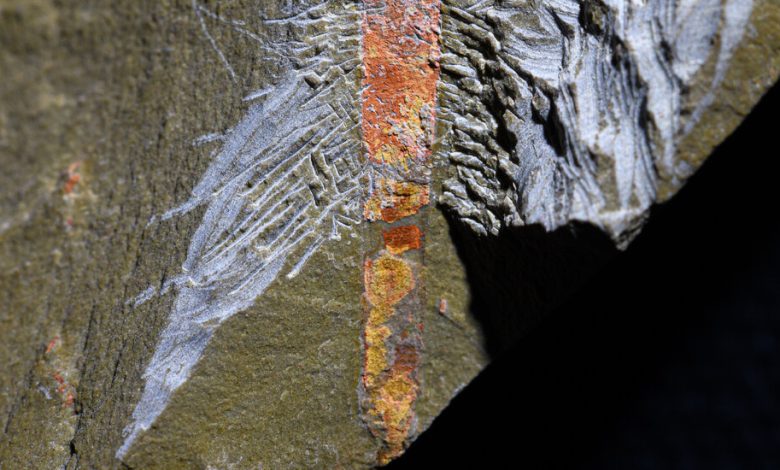Ancient ‘Dune’-like Sandworm Existed Far Longer Than Thought

With a head covered in rows of curved spines, ancient Selkirkia worms could easily be confused with the razor-toothed sandworms that inhabit the deserts of Arrakis in “Dune: Part Two.”
During the Cambrian Explosion more than 500 million years ago, these weird worms — which lived inside long, cone-shaped tubes — were some of the most common predators on the seafloor.
“If you were a small invertebrate coming across them, it would have been your worst nightmare,” said Karma Nanglu, a paleontologist at Harvard. “It’s like being engulfed by a conveyor belt of fangs and teeth.”
Thankfully for would-be spice harvesters, these ravenous worms disappeared hundreds of million years ago. But a trove of recently analyzed fossils from Morocco reveals that these formidable predators measuring only an inch or two in length, persisted much longer than previously thought.
In a paper published today in the journal Biology Letters, Dr. Nanglu’s team described a new species of Selkirkia worm that lived 25 million years after this group of tube-dwellers was thought to have gone extinct.
The newly described tubular worms were discovered when Dr. Nanglu and his colleagues sifted through fossils stored in the collection of Harvard’s Museum of Comparative Zoology. The fossils hail from Morocco’s Fezouata Formation, a deposit dating back to the Early Ordovician period, which began around 488 million years ago and spanned nearly 45 million years. This was a dynamic era when holdovers from the Cambrian rubbed shoulders with evolutionary newcomers like sea scorpions and horseshoe crabs.




